Getting rid of acne is the goal of many people who suffer from this common skin condition.
Acne can cause red, inflamed pimples, blackheads, and whiteheads on the face, neck, chest, and back, and for many…
It can be a source of stress and frustration.
While there is no one-size-fits-all solution to getting rid of acne, many practical strategies and treatments can help improve the appearance of acne-prone skin.
From using over-the-counter products to trying homemade remedies, there are many ways to get rid of acne and achieve a clear, healthy complexion.
This article will explore some of the most effective ways to manage and prevent acne.
So you can say bye-bye to blemishes…
..and say hello to beautiful skin.
What is Acne?
Acne is a skin condition when hair follicles become blocked with dead skin cells and oil.
It can result in pimples, blackheads, whiteheads, and even cysts.
While it is most common in teenagers, acne can affect people of all ages.
Although many products and treatments are available, some people prefer to try getting rid of acne at home.
Cause you know; treatments are expensive!
What Causes Acne?
So what causes acne?
Why do some people get it, and some don’t – well, rarely anyways?
The American Academy of Dermatology Association (AAD) said that acne is caused by clogged pores.
The appearance of acne is also a combination of factors, including excess oil production, dead skin cells, bacteria, and hormonal changes.
Acne is commonly found on areas of the skin with abundant oil glands, such as the face, forehead, chest, upper back, and shoulders.
The hair follicles connected to these oil glands can become blocked with excess oil, dead skin cells, and bacteria, which can cause the follicle wall to bulge (whitehead) or darken due to exposure to air (blackhead).
Pimples form when these blocked hair follicles become inflamed or infected with bacteria, appearing as raised red spots with a white center.
In severe cases, deep blockages and inflammation in hair follicles can lead to cyst-like lumps under the skin.
It’s important to note that sweat gland openings are not typically associated with acne.
Here are some factors that can cause acne:
1. Hormonal Changes
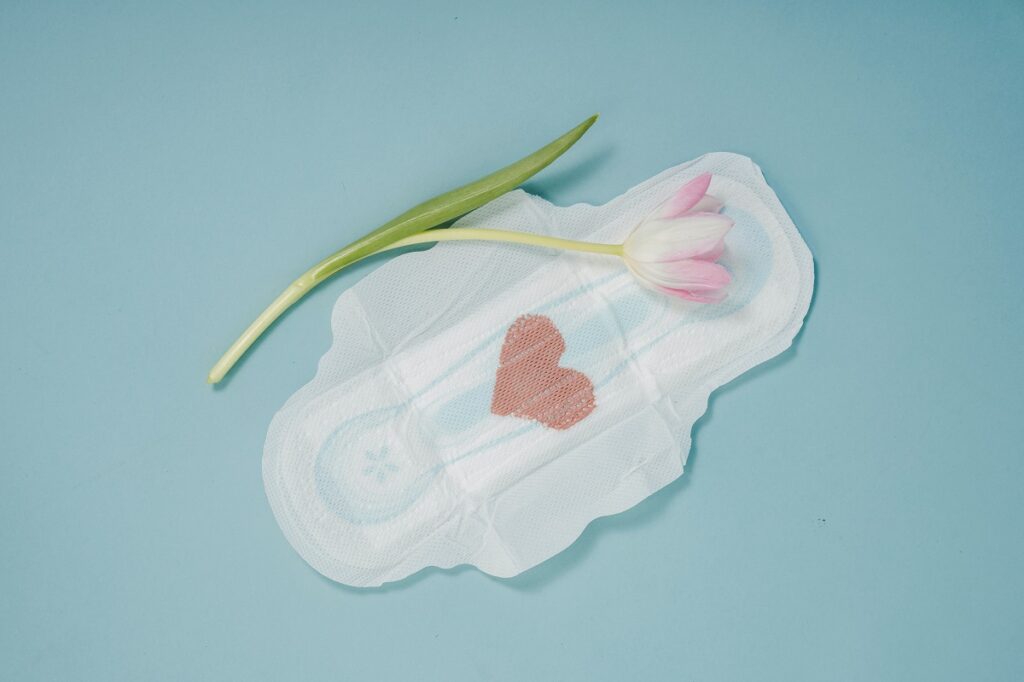
Hormonal changes, like puberty, menstrual periods, pregnancy, and menopause, can increase oil (sebum) production in the skin.
The increase in oil can cause the skin’s pores to become blocked, creating an ideal environment for bacteria to grow and cause acne.
Hormonal changes can also cause a buildup in androgen hormone levels, which stimulate oil production in the skin and contributes to the development of acne.
2. Bacteria
Propionibacterium acnes (P. acnes) is a type of bacteria naturally present on the skin.
When the skin’s pores become blocked with oil, dead skin cells, and other debris, P. acnes can thrive and multiply.
This can trigger an immune response, causing inflammation and the formation of pimples, whiteheads, and blackheads.
The bacteria can also release enzymes that break down sebum, further irritating the skin and contributing to the development of acne.
3. Oil Production
Oil production, also known as sebum, is a natural function of the skin that helps to moisturize and protect it.
However, when the skin produces too much oil, it can block the pores, creating an ideal environment for bacteria to grow.
The bacteria can then trigger an immune response, leading to inflammation and forming pimples, whiteheads, and blackheads.
Oil can also merge with dead skin cells and other debris to create a plug in the pores, which can further contribute to the development of acne.
4. Dead Skin Cells
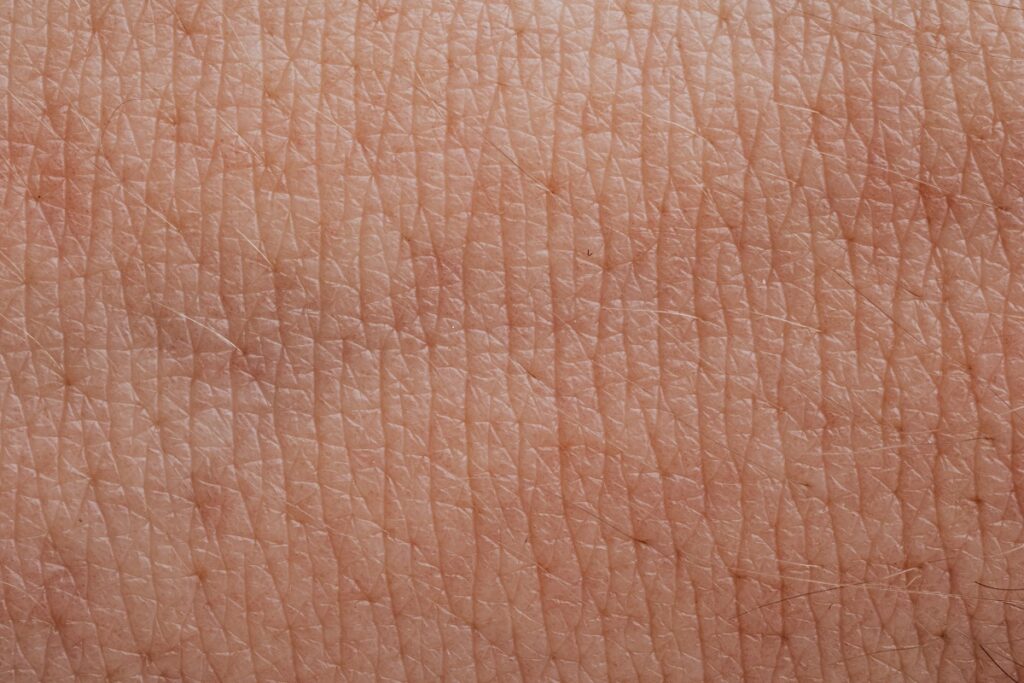
Dead skin cells are a normal byproduct of skin turnover and can accumulate on the skin’s surface, especially when they are not effectively exfoliated.
When dead skin cells mix with oil and other debris, they block the pores, creating a perfect environment for bacteria to grow.
The presence of bacteria in blocked pores can activate an immune response, resulting in inflammation that causes pimples, whiteheads, and blackheads to form.
Dead skin cells can also physically block the pores, which can further contribute to the development of acne.
5. Certain Medications
Certain medications can cause acne as a side effect due to the changes they induce in hormone levels, oil production, and skin turnover.
For example, certain steroid medications, such as corticosteroids and androgens, can increase oil production in the skin and further the development of acne.
Other medications, such as lithium, anticonvulsants, and certain birth control pills, can also disrupt hormone levels and contribute to developing acne.
Additionally, some medications, such as testosterone therapy and iodine-containing drugs, can directly irritate the skin and contribute to the development of acne.
6. Stress
Stress can cause acne by affecting hormone levels in the body. For example, when stressed, your body produces more of the hormone cortisol, which can increase oil production in the skin and contribute to the development of acne.
Stress weakens the immune system, making it extra hard for the body to fight off bacteria, leading to inflammation and pimples.
In addition, stress can lead to changes in skin behavior, such as increased skin picking or squeezing, which can further contribute to the development of acne.
7. Certain Foods
Certain foods can cause acne due to their impact on hormone levels, insulin sensitivity, and inflammation in the body.
For example, foods high in sugar and refined carbohydrates, such as candy, soda, and white bread, can cause spikes in insulin levels and contribute to the development of acne.
Similarly, foods high in dairy, such as milk and cheese, can increase insulin-like growth factor 1 (IGF-1) levels, contributing to the development of acne.
Omega-6 fatty acid-rich foods, such as vegetable oils, can increase inflammation and contribute to the development of acne.
The evidence for this link is still preliminary, and more research is needed to determine the exact role of diet in acne development.
It is important to note that everyone’s skin is unique, and what causes acne in one person may not cause it in another.
Tips to help you Achieve Fast Results
1. Clean your skin regularly
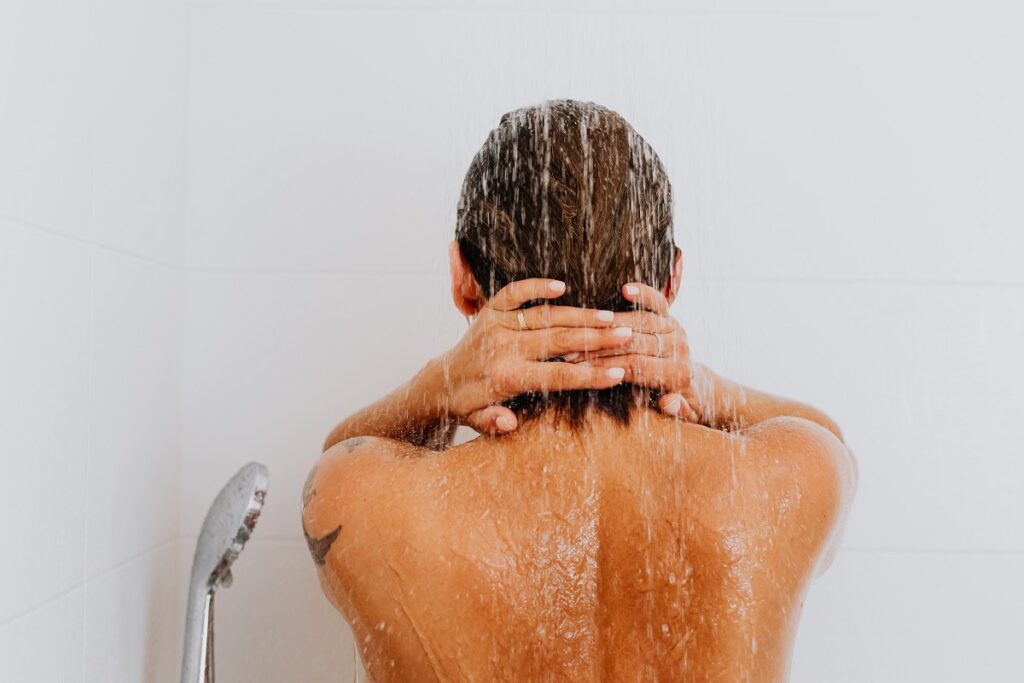
Wash your face twice a day with a cleanser to remove bacteria and excess oil.
Regularly cleaning the skin helps remove impurities like dirt and oil, which can block pores and lead to acne.
It also helps to reduce the growth of bacteria that can cause inflammation, leading to pimples, whiteheads, and blackheads.
Keeping the skin clean can help prevent breakouts and improve your skin’s overall health and appearance.
2. Use salicylic acid
Salicylic acid helps to unclog pores, which can prevent and treat acne. It works by breaking up the buildup of oil and dead skin cells within the pores.
Salicylic acid also has anti-inflammatory properties, which can help to soothe and calm irritated skin.
It is a key ingredient in many over-the-counter acne treatments and is often used in cleansers, toners, spot treatments, and other topical products.
3. Limit sugar and dairy
Sugar and dairy have been linked to the development of acne as they can cause hormonal imbalances in the body.
These imbalances can lead to the overproduction of oil in the skin, which can contribute to the development of pimples and other forms of acne.
High sugar intake has been linked to an increased risk of acne, and dairy products contain hormones and inflammatory agents that can worsen acne.
Overeating sugar and dairy can trigger acne breakouts.
Limiting or avoiding sugar and dairy products may help reduce the symptoms of acne and prevent new outbreaks from occurring, making a difference.
4. Stay hydrated
Staying hydrated helps keep your skin healthy and supple, which can help prevent the development of new acne breakouts.
Adequate hydration can also help flush out impurities and toxins from your body, reducing the likelihood of developing skin problems such as acne.
Additionally, staying hydrated can help regulate oil production in your skin, a common cause of acne.
Drinking lots of water can help keep your skin healthy, hydrated, and less prone to acne; at least eight glasses of water a day.
By following these tips, you should start to see improvement in your acne in a few weeks.
However, everyone’s skin is different, so what works for one person may not work for others. If you don’t see any improvement, consult a dermatologist for further advice.
What to Avoid if You are Prone to Acne
If you are prone to acne, it is recommended to avoid or limit the following:
1. Processed foods
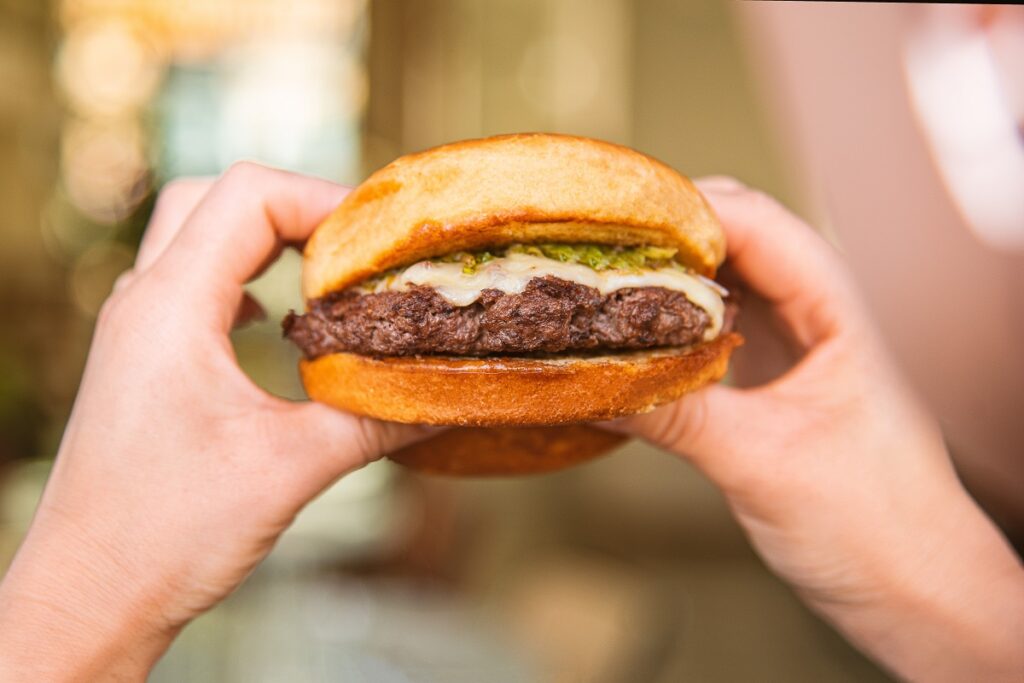
Processed foods are often high in sugar, refined carbohydrates, and unhealthy fats, all of which can trigger insulin production and increase inflammation in the body.
This increased insulin and inflammation can lead to increased oil production, blocked pores, and the growth of acne-causing bacteria, making it essential for those prone to acne to avoid processed foods.
Several processed foods contain additives and preservatives that can further irritate the skin and exacerbate acne symptoms.
Opting for a diet rich in whole, nutrient-dense foods is recommended to support skin health and reduce the risk of developing acne.
2. High glycemic index foods
High glycemic index (GI) foods cause a rapid spike in blood sugar levels, which triggers insulin production.
Insulin is a hormone that stimulates oil production in the skin, which can contribute to blocked pores and the development of acne.
On the other hand, low-GI foods have been shown to improve skin health by reducing inflammation and stabilizing blood sugar levels.
It’s recommended for those prone to acne to limit their consumption of high GI foods, such as white bread, pasta, and sugar, and instead opt for low GI options, like whole grains, fruits, and vegetables, to support skin health and reduce the risk of developing acne.
3. Fried foods
Fried foods contain high levels of omega-6 polyunsaturated fatty acids (PUFAs), which can induce swelling in the body.
The swelling has been linked to the onset of acne, so it’s advisable to reduce or avoid consuming fried foods if you tend to break out.
Furthermore, fried foods are frequently high in trans fats and added sugars, which can induce or worsen acne.
4. Touching your face
Touching your face transfers bacteria, oil, and dirt from your hands to your face, which can block pores and contribute to the development of acne.
Constantly touching or picking at your face can also cause physical trauma to your skin, forming pimples and scars.
To help prevent the spread of bacteria and reduce the risk of acne, it’s essential to keep your hands away from your face as much as possible.
Homemade Recipes for Acne-Prone Skin
1. Honey and Cinnamon Mask
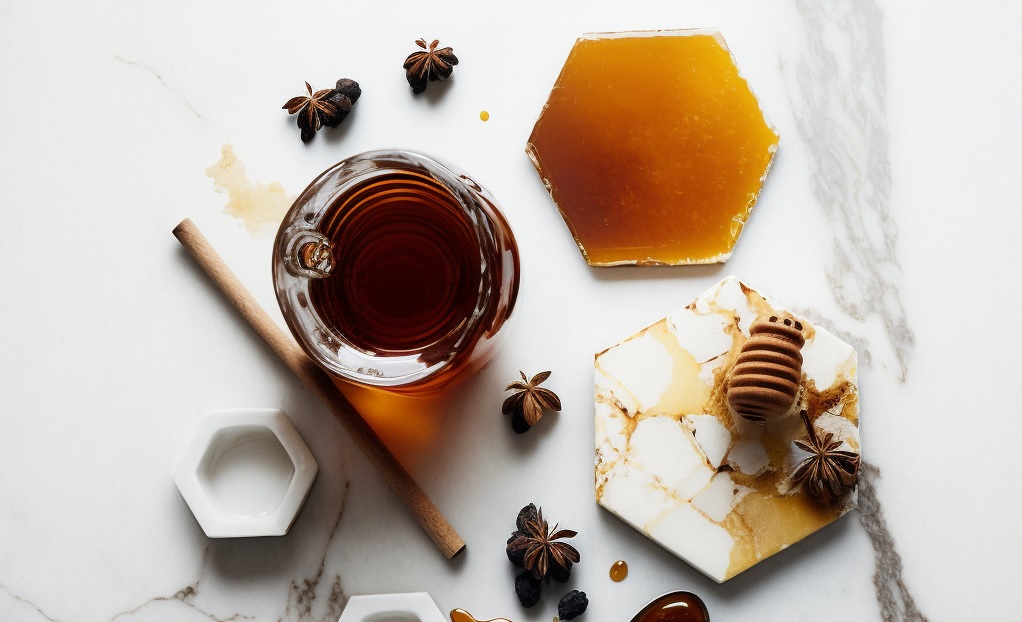
The Honey and Cinnamon mask combines honey’s antibacterial properties with cinnamon’s anti-inflammatory properties to soothe and heal acne-prone skin.
Ingredients:
- 1 tablespoon of raw honey
- 1 teaspoon of cinnamon powder
Instructions:
- Mix the raw honey and cinnamon powder in a small bowl until well combined.
- Cleanse your face with a gentle cleanser and pat dry.
- Apply the honey and cinnamon mixture evenly to your face, avoiding the eye area.
- Leave it on for 10-15 minutes.
- Rinse with warm water and pat your face dry with a clean towel.
- Follow your regular skincare routine.
2. Green Tea Toner
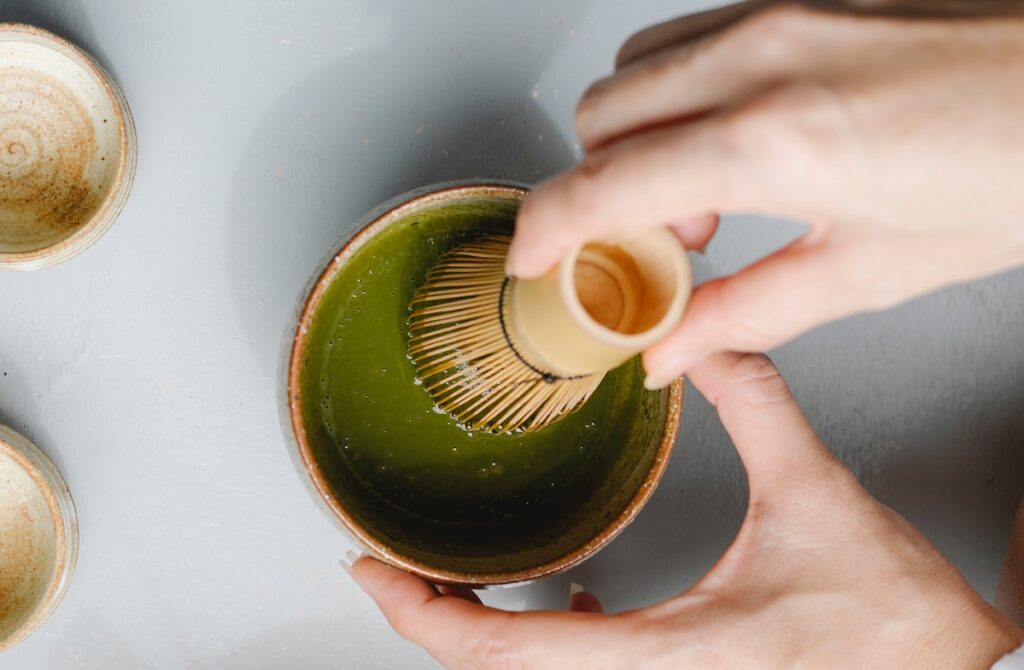
Green tea is rich in antioxidants and has anti-inflammatory properties that can help soothe and protect acne-prone skin.
Ingredients:
- 1 cup of green tea
- Spray bottle
Instructions:
- Brew a cup of green tea and let it cool.
- Transfer the cooled green tea to a clean spray bottle.
- After cleansing your face, spray the green tea toner evenly.
- Allow it to air dry, or gently pat your face with a clean towel.
- Follow your regular skincare routine.
3. Aloe Vera Gel
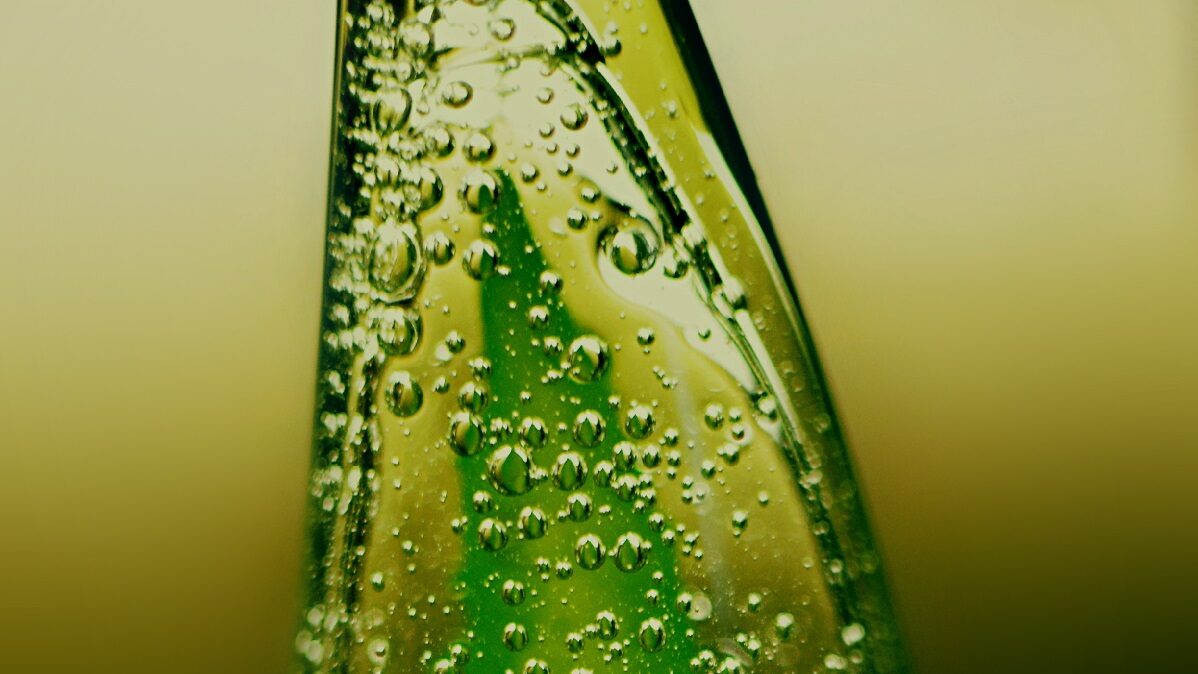
Aloe vera is a natural anti-inflammatory with moisturizing properties that can help soothe and hydrate acne-prone skin.
Ingredients:
- Pure aloe vera gel
Instructions:
- Cleanse your face with a gentle cleanser and pat dry.
- Apply a generous amount of pure aloe vera gel to your face, avoiding the eye area.
- Allow the aloe vera gel to absorb fully into your skin, which may take 10-15 minutes.
- Follow your normal skincare routine.
4. Lemon Juice
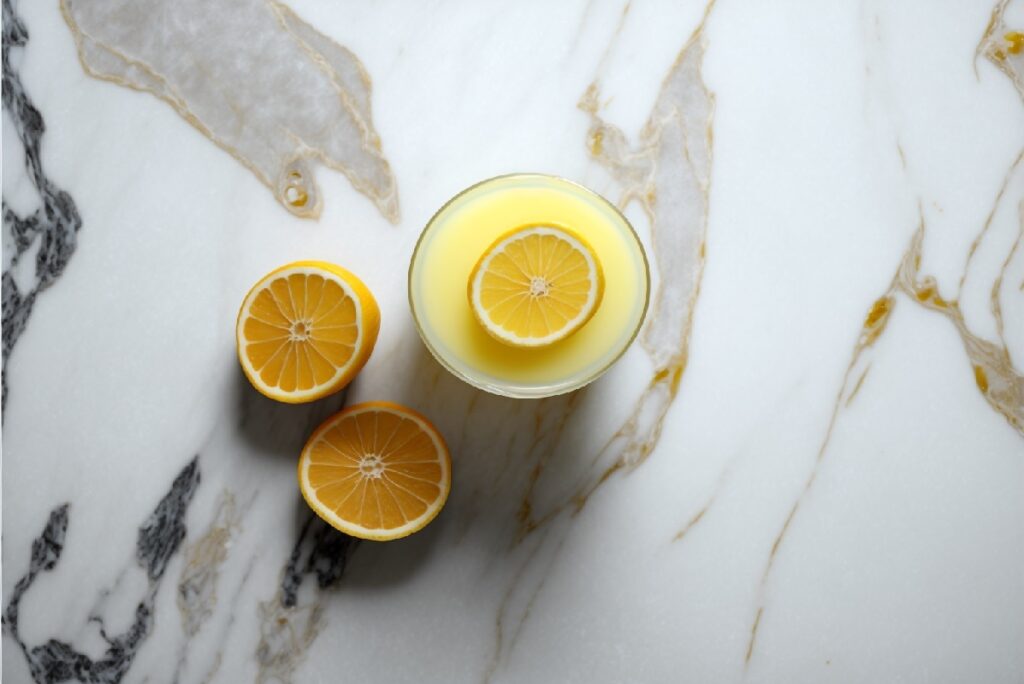
Lemon juice has natural astringent properties that can help control oil production and brighten the skin.
Ingredients:
- 1 lemon
- Cotton balls
Instructions:
- Cut a lemon in half and squeeze the juice into a small bowl.
- Dilute the lemon juice with an equal amount of water.
- Cleanse your face with a gentle cleanser and pat dry.
- Dip a cotton ball into the lemon juice mixture and apply to your face, avoiding the eye area.
- Leave it on for 5-10 minutes.
- Rinse your face with warm water and pat dry with a clean towel.
- Follow your everyday skincare routine.
5. Tea Tree Oil

Tea tree oil has natural antiseptic properties that can help fight acne-causing bacteria.
Ingredients:
- Tea tree oil
- Carrier oil (such as coconut oil)
Instructions:
- In a small bowl, mix a few drops of tea tree oil with a carrier oil of your choice.
- Cleanse your face with a gentle cleanser and pat dry.
- Apply a slight tea tree oil mixture to your face, avoiding the eye area.
- Allow the mixture to absorb fully into your skin, which may take 10-15 minutes.
- Follow your usual skincare routine.
6. Oatmeal and Yogurt Mask
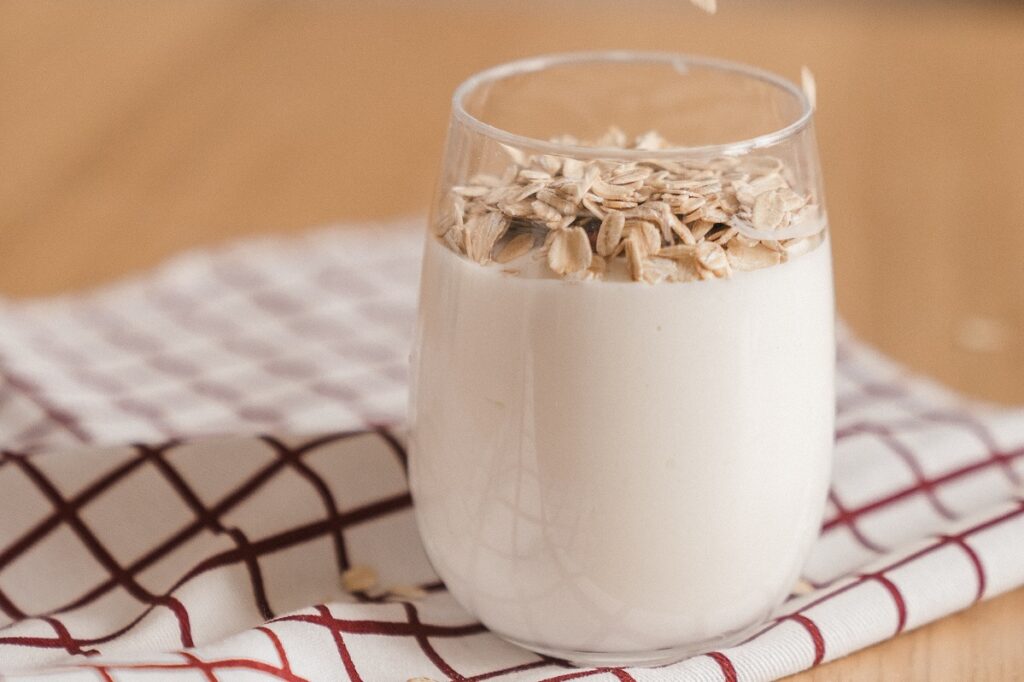
This mask combines oatmeal’s exfoliating properties with yogurt’s nourishing properties to help soothe and hydrate acne-prone skin.
Ingredients:
- 1/2 cup of oatmeal
- 2 tablespoons of plain yogurt
- 1 tablespoon of honey (optional)
Instructions:
- In a small bowl, mix the oatmeal, plain yogurt, and honey (if using).
- Cleanse your face with a gentle cleanser and pat dry.
- Apply the oatmeal and yogurt mixture evenly to your face, avoiding the eye area.
- Leave it on for 10-15 minutes.
- Rinse with warm water and gently exfoliate in a circular motion for 1-2 minutes.
- Pat your face dry with a clean towel.
- Follow your usual skincare routine.
Remember, everyone’s skin is unique and may react differently to these ingredients. Therefore, it is always best to patch-test a small amount of the mixture on the inside of your wrist or behind your ear before applying it to your face to ensure you are not sensitive or allergic to any ingredients. If you experience any irritation, discontinue use immediately.
Get Rid of Acne for Good
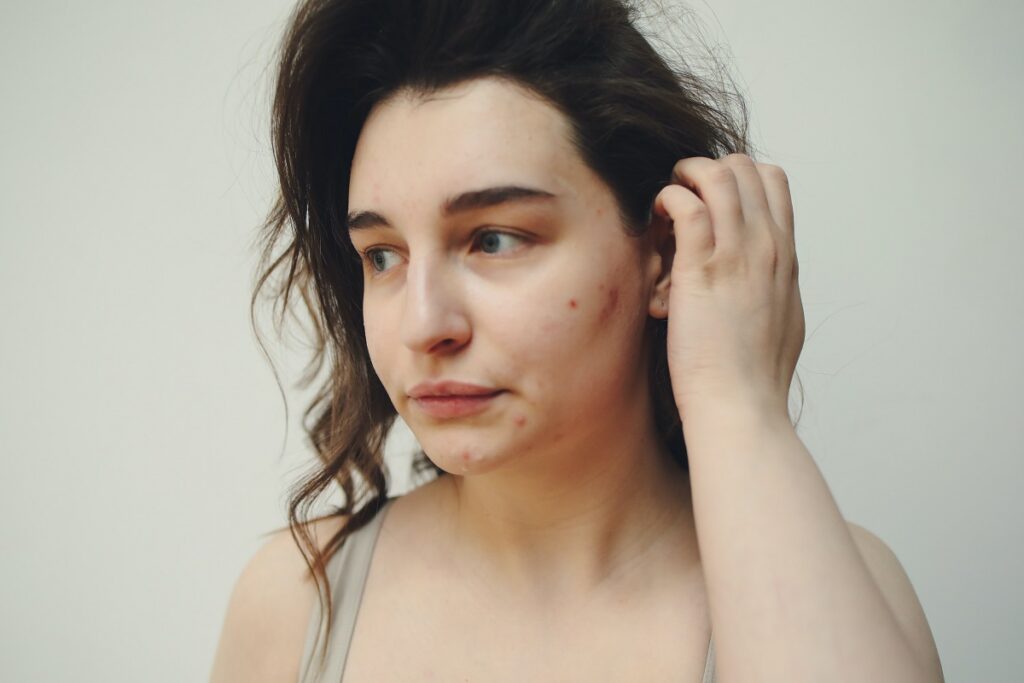
Getting rid of acne at home is possible with the right approach.
Clean your skin regularly.
Use effective ingredients such as salicylic acid and tea tree oil.
Limit sugar and dairy.
And, of course, stay hydrated.
By following these tips, you can achieve fast results and improve the appearance of your skin.
However, consult a dermatologist for personalized advice and treatment if your acne is severe or persistent.
With patience and consistency, you can achieve healthy, clear skin!



